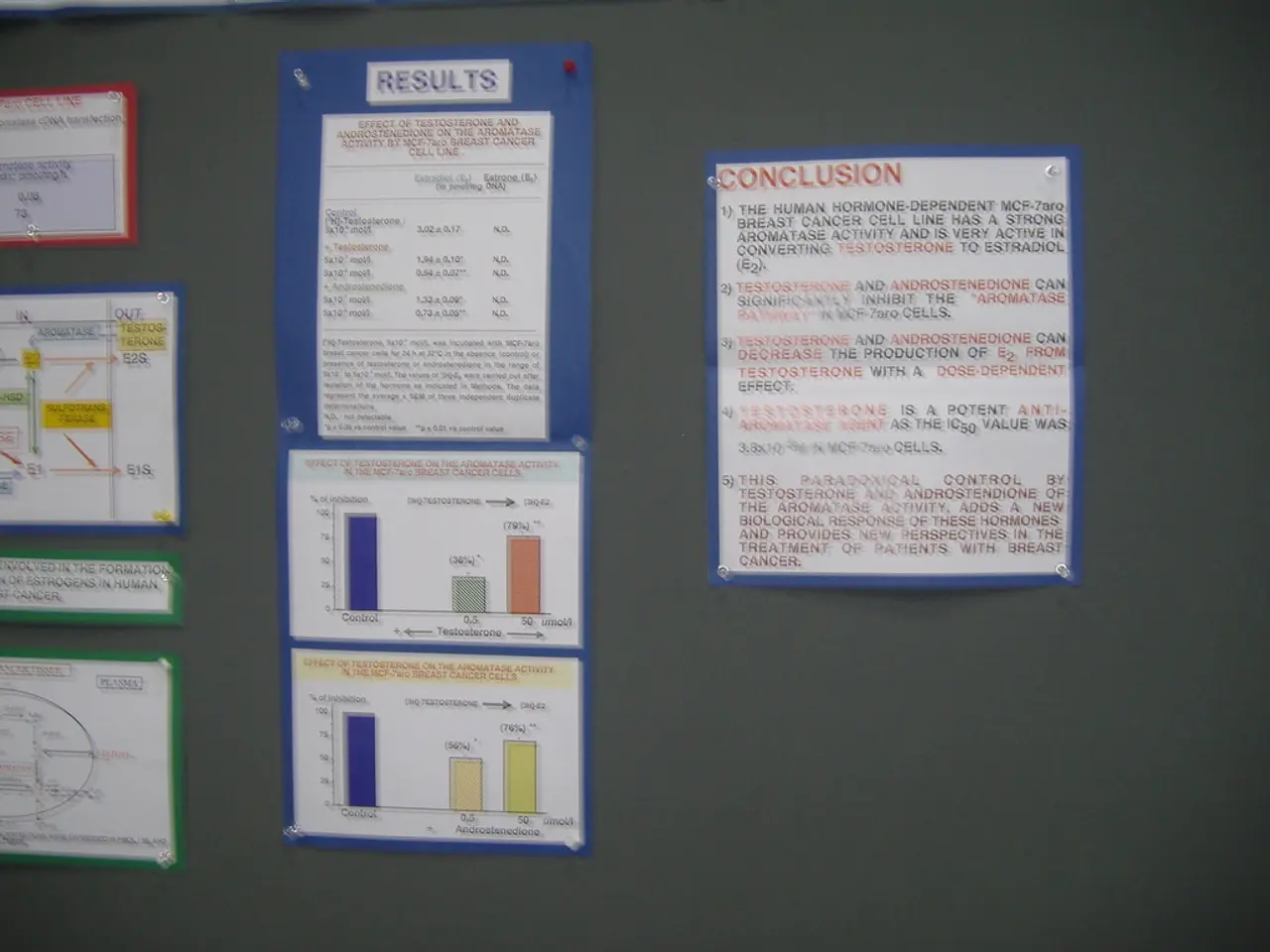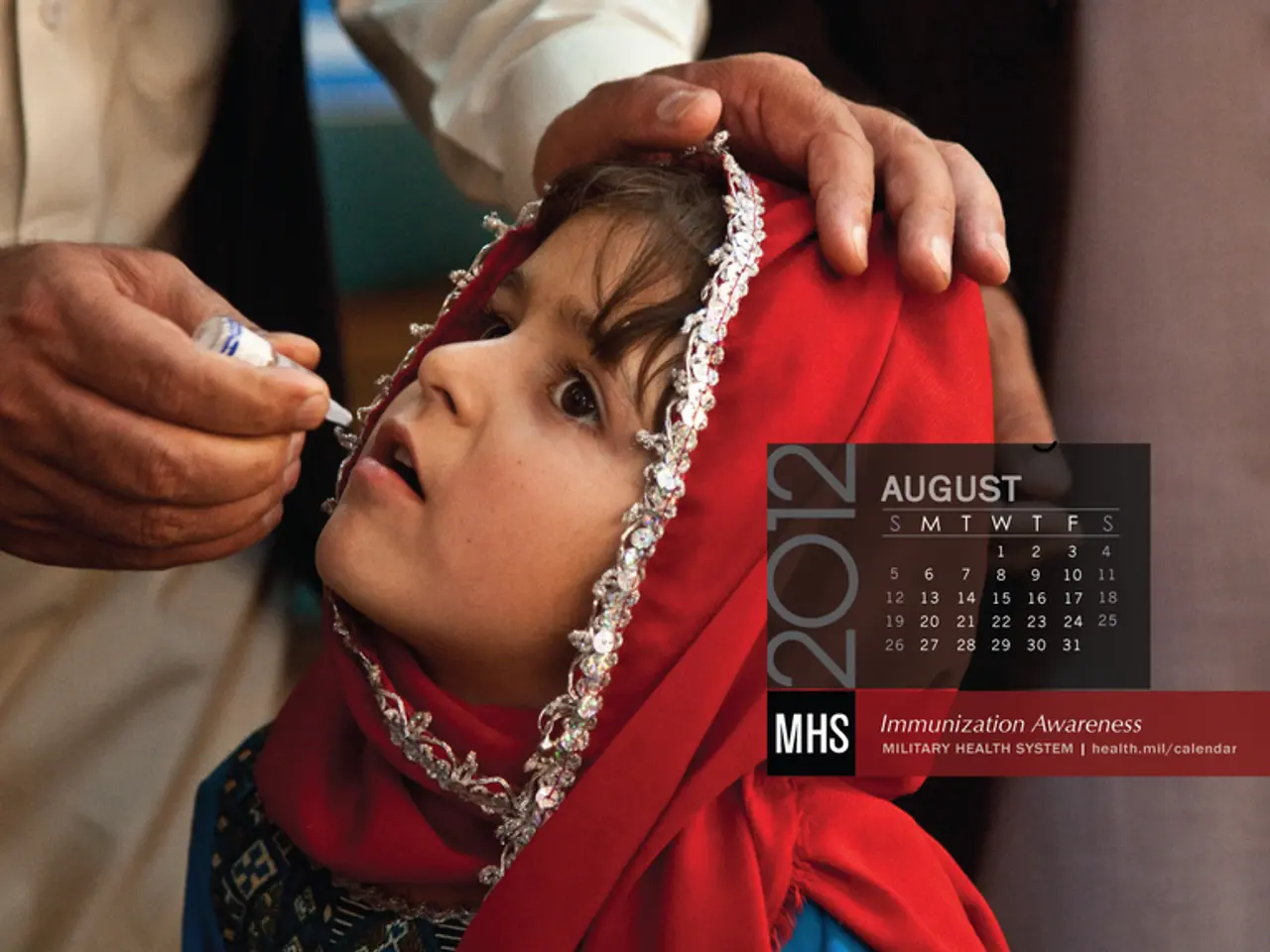Genetic and environmental elements influencing the development of Mixed Connective Tissue Disease
Understanding Mixed Connective Tissue Disease (MCTD): A Complex Autoimmune Condition
Mixed Connective Tissue Disease (MCTD) is a rare and complex autoimmune disorder that affects the body's connective tissues. The exact causes of MCTD are not fully understood, but research suggests that a combination of genetic and environmental factors plays a significant role in its development.
Genetic Factors
Genetic susceptibility to MCTD appears to be linked to specific variants in certain genes, particularly those involved in immune regulation and autoimmunity. Key genetic susceptibility loci include certain Human Leukocyte Antigen (HLA) types, particularly within the major histocompatibility complex (MHC). These HLA variants influence how the immune system recognizes self versus non-self proteins.
Other genes implicated across related connective tissue diseases (and likely relevant to MCTD) include PTPN22, STAT4, IRF5, and NLRP1. These genes regulate immune cell signaling and tolerance, thus affecting autoimmune responses.
It's important to note that no single gene causes MCTD; rather, a polygenic inheritance model applies, where multiple gene variants collectively increase susceptibility. Family studies indicate a 5- to 10-fold increased risk among first-degree relatives, highlighting a significant but non-deterministic genetic influence.
Environmental Factors
Environmental exposures act as triggers in genetically predisposed individuals. Commonly implicated environmental factors include infections, organic solvents, silica dust, and other industrial chemicals.
Viral infections such as Epstein-Barr virus, cytomegalovirus (CMV), and parvovirus B19 may trigger immune dysregulation leading to MCTD. Exposure to organic solvents, silica dust, and other industrial chemicals has also been associated with increased risk of connective tissue diseases, potentially including MCTD.
Hormonal factors and sex differences also affect disease prevalence, as women are more commonly affected, suggesting roles for estrogen-related genetic variants and hormonal influences on immune function.
Diagnosis and Management
Doctors will often ask about family history, environmental exposures, and possible triggers when diagnosing MCTD. The key feature of MCTD is the presence of anti-U1 RNP antibodies in the blood. Other autoantibodies, such as anti-Ro or anti-La, can be found in some people with MCTD, but anti-U1 RNP is the most specific for this disease.
There is currently no cure for MCTD, but medications can help control the immune system and manage symptoms. Early diagnosis of MCTD is important because treatment can slow down or reduce symptoms.
Research continues to look for more genetic markers and environmental triggers for MCTD, with the hope that, in the future, genetic tests may help identify people at risk before symptoms start. Ongoing research aims to clarify the links between genetic and environmental factors and improve outcomes for people with MCTD.
- The exact causes of MCTD are not fully understood, but research indicates that a combination of genetic factors, such as specific variants in genes like PTPN22, STAT4, IRF5, and NLRP1, and environmental factors, such as viral infections and exposure to organic solvents, play a significant role in its development.
- Hormonal factors and sex differences also affect disease prevalence, with women being more commonly affected, implying potential roles for estrogen-related genetic variants and hormonal influences on immune function.
- Doctors consider family history, environmental exposures, and possible triggers when diagnosing MCTD, and the presence of anti-U1 RNP antibodies in the blood is a key feature of this disease.
- While there is currently no cure for MCTD, medications can help control the immune system and manage symptoms, and research is ongoing to find more genetic markers and environmental triggers, with the hope that future genetic tests may help identify people at risk before symptoms start.




